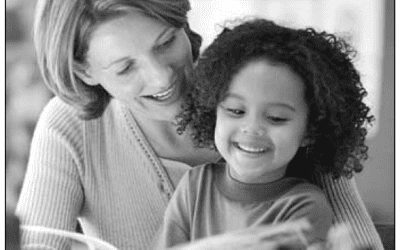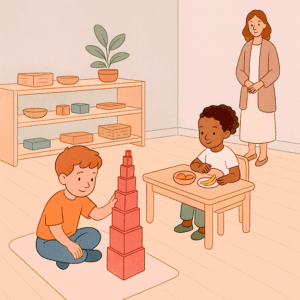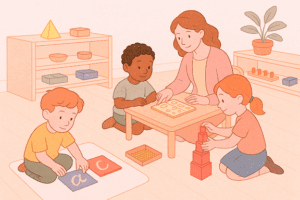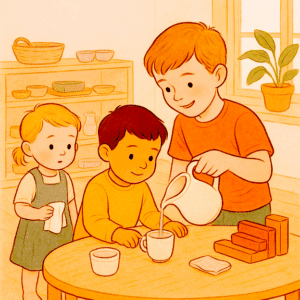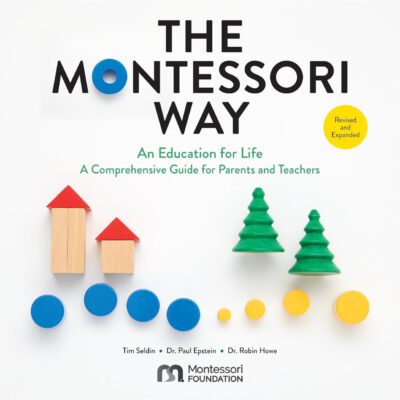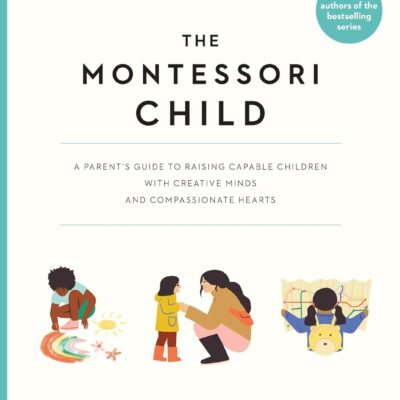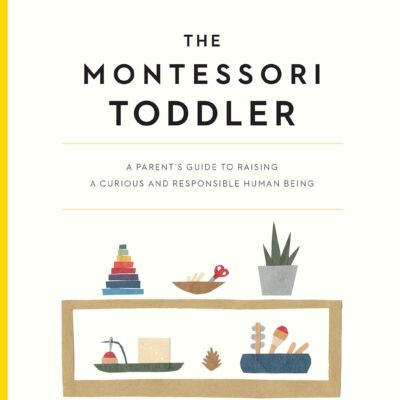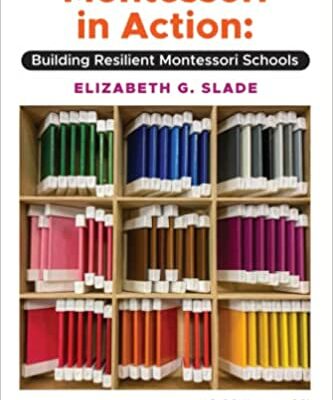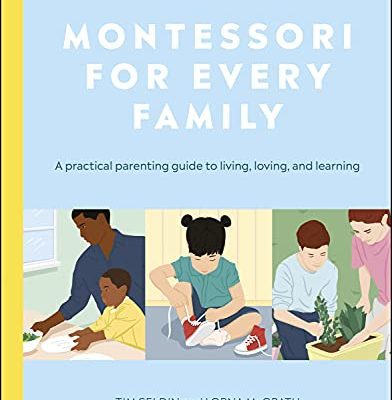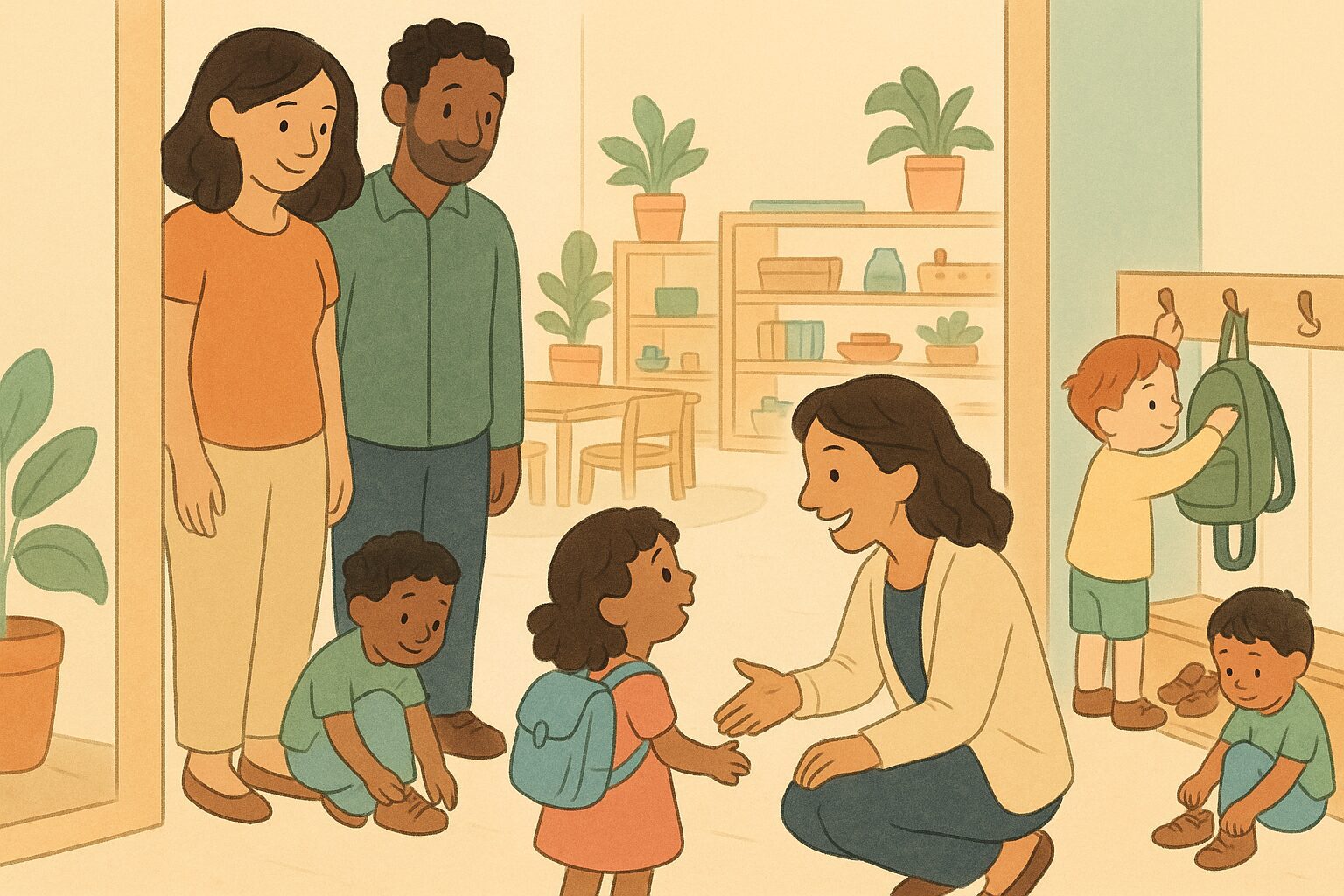
Montessori 101: What Every Parent Should Know as We Begin the Year
Dear Parents,
Welcome — or welcome back — to another exciting year at our Montessori School! Whether you are just beginning your journey with us or returning with a child who’s blossomed in our environment, we want to start by offering you a thorough, thoughtful introduction to Montessori education.
Understanding the Montessori approach will help you better appreciate what your child is experiencing in the classroom — and, perhaps more importantly, how you can support that growth at home. So, let’s dive into the essence of Montessori and what every parent should know to make the most of these formative years.
Who Was Maria Montessori?
Before we discuss the method, it helps to know about the visionary behind it. Dr. Maria Montessori was an Italian physician, scientist, and educator — notably one of Italy’s first female doctors. In the early 1900s, through her work with children from disadvantaged backgrounds, she observed that young children learned best when allowed to explore, manipulate materials, and learn independently.
These observations became the foundation of her revolutionary educational approach, which has now flourished worldwide for over a century.
The Core Principles of Montessori Education
At its heart, Montessori education is based on deep respect for the child as a capable, curious, and independent learner. Here are some of the foundational principles we follow:
1. The Prepared Environment
Montessori classrooms are carefully designed environments that invite exploration. Materials are arranged logically on open shelves, everything is child-sized, and spaces are organized to foster both independence and focus.
You’ll notice our classrooms are warm, orderly, and beautiful — a stark contrast to overstimulating or cluttered play spaces.
At Home Tip:
- Create child-friendly spaces by adding low shelves for books and toys.
- Use baskets to organize materials, so everything has a place.
- Choose natural materials (like wood, fabric, or metal) over plastic when possible.
One excellent resource is Lovevery’s play kits, which provide Montessori-inspired, age-appropriate materials for home use. For furniture, brands like Sprout Kids and Monti Kids offer modular, child-sized tables, chairs, and shelves specifically designed for Montessori-style homes.
2. Freedom Within Limits
In a Montessori classroom, children are free to choose their activities, but within the boundaries of respect for others and the environment. This balance cultivates decision-making, autonomy, and a natural sense of discipline.
At home, you can mirror this by:
- Offering choices within limits: “Would you like to wear the red shirt or the blue one?”
- Allowing your child to choose the sequence of tasks: “Would you like to brush your teeth before or after we read a story?”
3. Hands-On Learning with Concrete Materials
Montessori materials are designed to teach abstract concepts through tangible experiences. For example, the Golden Beads introduce the decimal system by letting children physically manipulate units, tens, hundreds, and thousands.
Other classic Montessori materials include:
- The Pink Tower: for visual discrimination and spatial awareness.
- Sandpaper Letters: for learning letter shapes and sounds through tactile experience.
- Number Rods: for understanding quantities and numerical relationships.
Many of these materials are available from reputable suppliers like Nienhuis Montessori or Alison’s Montessori. For parents seeking home versions, Montessori Outlet offers practical alternatives.
4. Mixed-Age Classrooms
Our classrooms include children spanning three years (e.g., 3-6-year-olds together). This structure allows:
- Younger children to learn by observing older peers.
- Older children to reinforce their knowledge by teaching others.
- Every child to progress at their own pace without artificial grade levels.
You’ll notice that as your child progresses, they not only gain academic skills but also leadership abilities and social maturity.
5. The Role of the Montessori Guide
Rather than a traditional teacher who lectures, the Montessori guide carefully observes each child, introducing new lessons when the child shows readiness and interest. This personalized approach ensures that learning is child-driven, rather than dictated by adult timelines.
In Montessori, your child’s guide is constantly assessing not just academic progress but also emotional and social growth — often through observation rather than testing.



